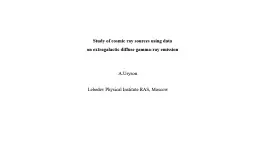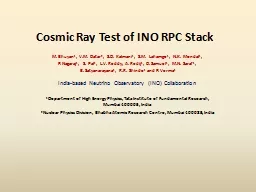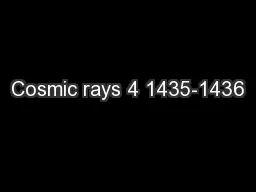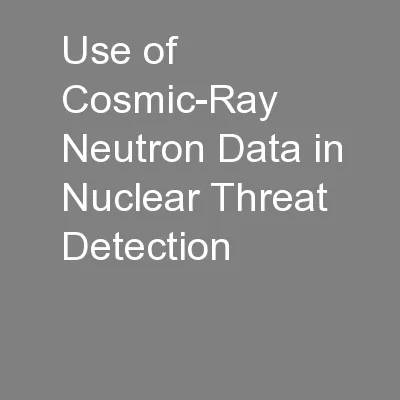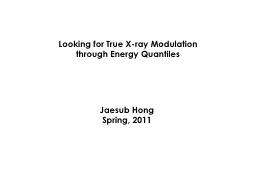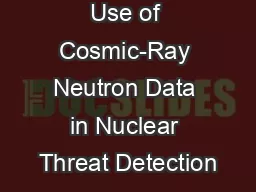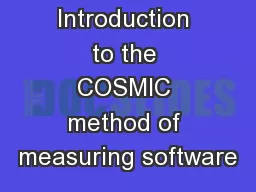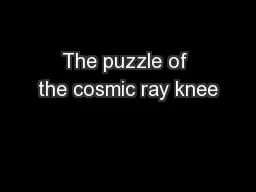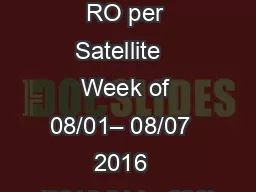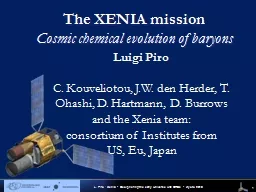PPT-STUDY OF COSMIC RAY SOURCES
Author : beastialitybiker | Published Date : 2020-07-02
USING DATA ON EXTRAGALACTIC DIFFUSE GAMMARAY EMISSION A Uryson Lebedev Physical Institute RAS Moscow INTRODUCTION UHECR data are obtained by Pierre Auger Observatory
Presentation Embed Code
Download Presentation
Download Presentation The PPT/PDF document "STUDY OF COSMIC RAY SOURCES" is the property of its rightful owner. Permission is granted to download and print the materials on this website for personal, non-commercial use only, and to display it on your personal computer provided you do not modify the materials and that you retain all copyright notices contained in the materials. By downloading content from our website, you accept the terms of this agreement.
STUDY OF COSMIC RAY SOURCES: Transcript
Download Rules Of Document
"STUDY OF COSMIC RAY SOURCES"The content belongs to its owner. You may download and print it for personal use, without modification, and keep all copyright notices. By downloading, you agree to these terms.
Related Documents

